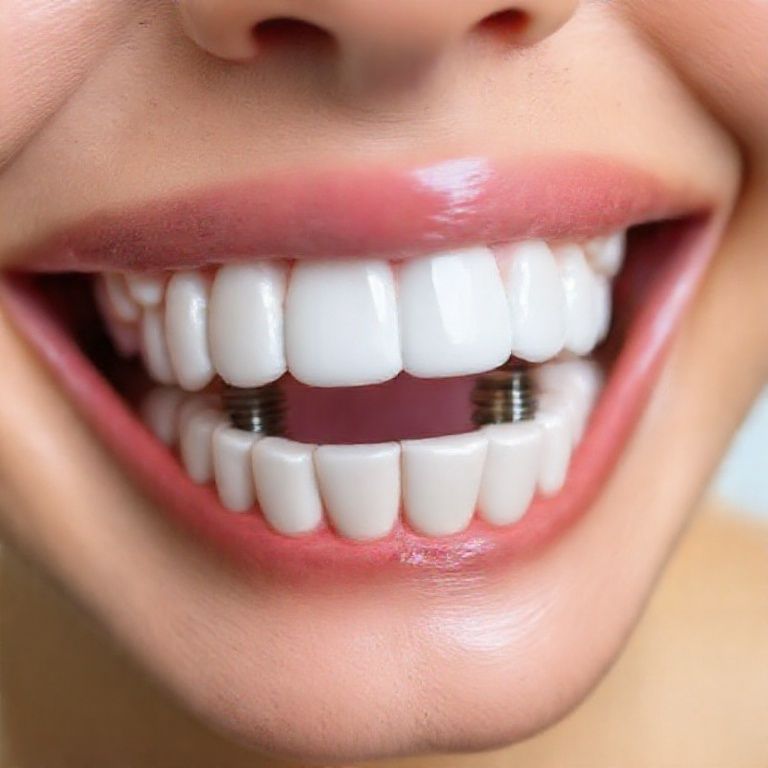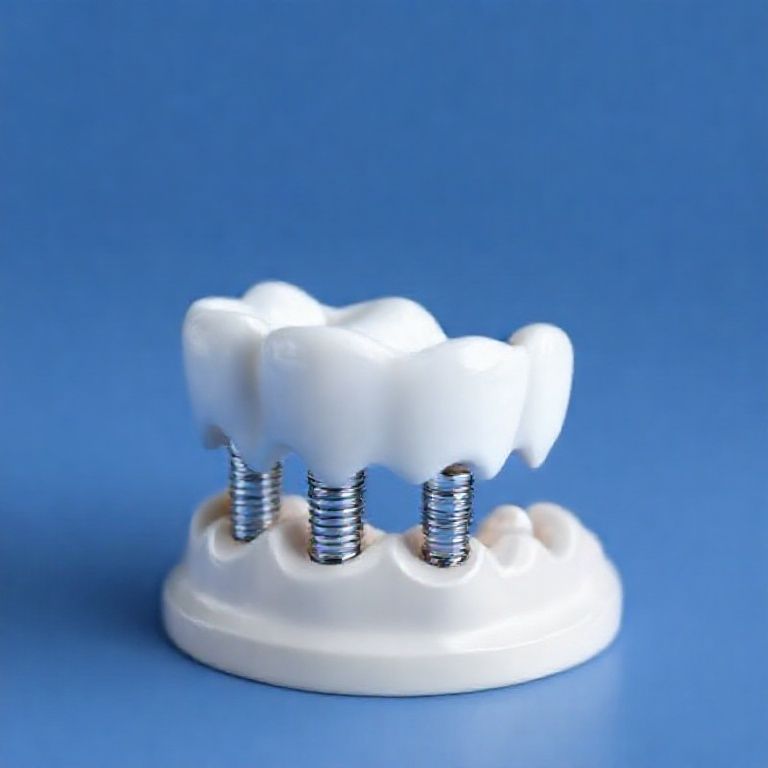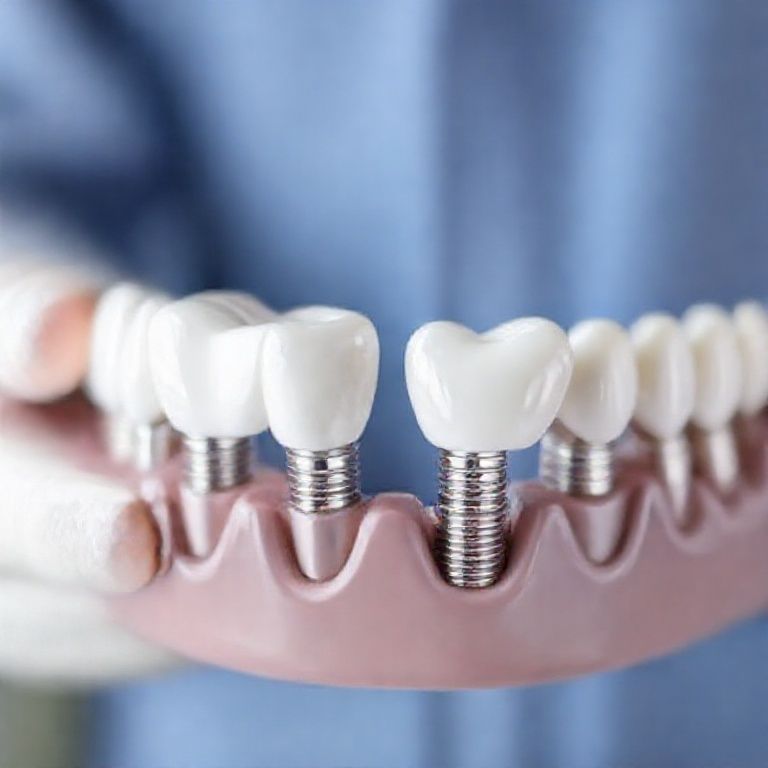Dental implants full upper cost
Dental implants have revolutionized the field of restorative dentistry, offering a permanent solution for missing teeth. Among the various types of dental implants, full upper dental implants stand out as a transformative option for individuals who have lost all or most of their upper teeth. Whether due to aging, injury, or disease, losing teeth can significantly impact one’s quality of life, affecting everything from eating and speaking to self-confidence. Full upper dental implants provide a durable, natural-looking solution that restores both function and aesthetics.
However, the cost of full upper dental implants can be a significant concern for many patients. This article delves into every aspect of full upper dental implants, from the procedure itself to the factors influencing cost, benefits, risks, and alternatives. By the end of this guide, you’ll have a comprehensive understanding of what to expect and how to make an informed decision about your dental health.

Understanding Dental Implants
What Are Dental Implants?
Dental implants are artificial tooth roots made of biocompatible materials like titanium. They are surgically placed into the jawbone to support replacement teeth, such as crowns, bridges, or dentures. Unlike traditional dentures, dental implants are fixed in place, providing a stable and long-lasting solution for missing teeth.
Types of Dental Implants
- Endosteal Implants: The most common type, placed directly into the jawbone.
- Subperiosteal Implants: Placed under the gum but above the jawbone, suitable for patients with insufficient bone density.
- Zygomatic Implants: Anchored in the cheekbone, used in cases of severe bone loss in the upper jaw.
Why Choose Full Upper Dental Implants?
Full upper dental implants are ideal for patients who have lost all or most of their upper teeth. They offer several advantages over traditional dentures, including:
- Improved chewing efficiency
- Enhanced speech clarity
- Natural appearance
- Prevention of bone loss in the jaw
The Full Upper Dental Implant Procedure
Initial Consultation and Assessment
The process begins with a thorough examination, including X-rays, CT scans, and impressions of your mouth. Your dentist will assess your bone density, gum health, and overall suitability for implants.
Bone Grafting (If Necessary)
If your jawbone lacks the necessary density to support implants, a bone graft may be required. This procedure involves adding bone material to the jaw to create a stable foundation.
Implant Placement
During surgery, the dental implants are placed into the jawbone. This procedure is performed under local anesthesia or sedation to ensure comfort.
Healing and Osseointegration
Over the next 3-6 months, the implants fuse with the jawbone in a process called osseointegration. This creates a strong and stable base for the replacement teeth.
Abutment Placement
Once healing is complete, abutments (connectors) are attached to the implants. These will hold the replacement teeth in place.
Crown Attachment
Finally, custom-made crowns are attached to the abutments, completing the restoration.
Factors Influencing the Cost of Full Upper Dental Implants
Material Costs
The type of material used for the implants and crowns (e.g., titanium, zirconia) can significantly impact the cost.
Surgeon’s Expertise
Experienced surgeons may charge higher fees, but their expertise often leads to better outcomes.
Geographic Location
Costs vary depending on the region and local market rates.
Additional Procedures
Bone grafting, sinus lifts, and other preparatory procedures can add to the overall cost.
Insurance and Financing Options
While dental implants are often not fully covered by insurance, some plans may offer partial coverage. Financing options are also available to make the procedure more affordable.
Cost Breakdown of Full Upper Dental Implants
| Component | Average Cost Range |
|---|---|
| Initial Consultation | 100−100−300 |
| Bone Grafting | 500−500−3,000 |
| Implant Placement | 1,500−1,500−3,000 per implant |
| Abutment Placement | 300−300−500 per abutment |
| Crown Attachment | 1,000−1,000−3,000 per crown |
| Total Cost (Full Upper Arch) | 15,000−15,000−30,000 |
Benefits of Full Upper Dental Implants
Improved Aesthetics
Full upper dental implants look and feel like natural teeth, enhancing your smile and facial structure.
Enhanced Functionality
They restore full chewing power, allowing you to eat your favorite foods without restrictions.
Long-Term Durability
With proper care, dental implants can last a lifetime.
Bone Preservation
Implants prevent bone loss by stimulating the jawbone, maintaining its density and shape.
Risks and Complications
Surgical Risks
As with any surgery, there are risks of infection, bleeding, and anesthesia complications.
Implant Failure
In rare cases, implants may fail to integrate with the bone or become loose over time.
Maintenance Challenges
While implants are low-maintenance, they require regular cleaning and check-ups to ensure longevity.
Alternatives to Full Upper Dental Implants
Traditional Dentures
A more affordable option but less stable and functional.
Implant-Supported Dentures
A hybrid solution that combines implants with removable dentures.
All-on-4 Dental Implants
A cost-effective alternative that uses fewer implants to support a full arch of teeth.
How to Choose the Right Dental Implant Specialist
Credentials and Experience
Look for a board-certified dentist or oral surgeon with extensive experience in implantology.
Patient Reviews and Testimonials
Read reviews to gauge patient satisfaction and outcomes.
Technology and Techniques Used
Choose a practice that uses advanced technology, such as 3D imaging and guided implant surgery.
FAQs About Full Upper Dental Implants
- How long do full upper dental implants last?
With proper care, they can last a lifetime. - Is the procedure painful?
Most patients report minimal discomfort, thanks to anesthesia and sedation. - Can I get dental implants if I have bone loss?
Yes, bone grafting or zygomatic implants can make it possible. - Are dental implants covered by insurance?
Coverage varies, but many plans offer partial reimbursement.
Conclusion
Full upper dental implants are a life-changing solution for individuals with missing teeth. While the cost can be significant, the benefits in terms of aesthetics, functionality, and long-term durability make them a worthwhile investment. By understanding the procedure, costs, and alternatives, you can make an informed decision about your dental health.


